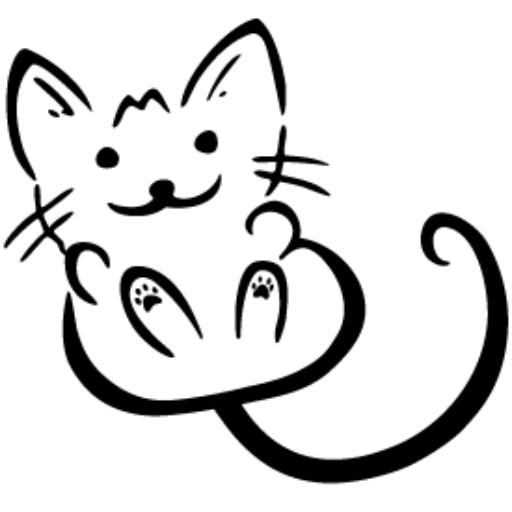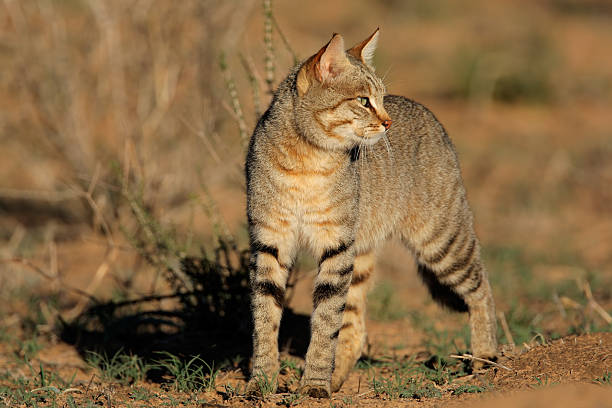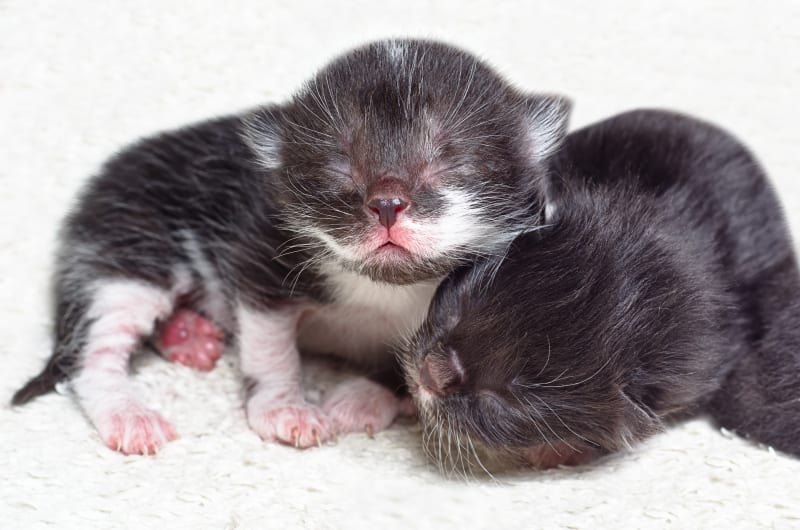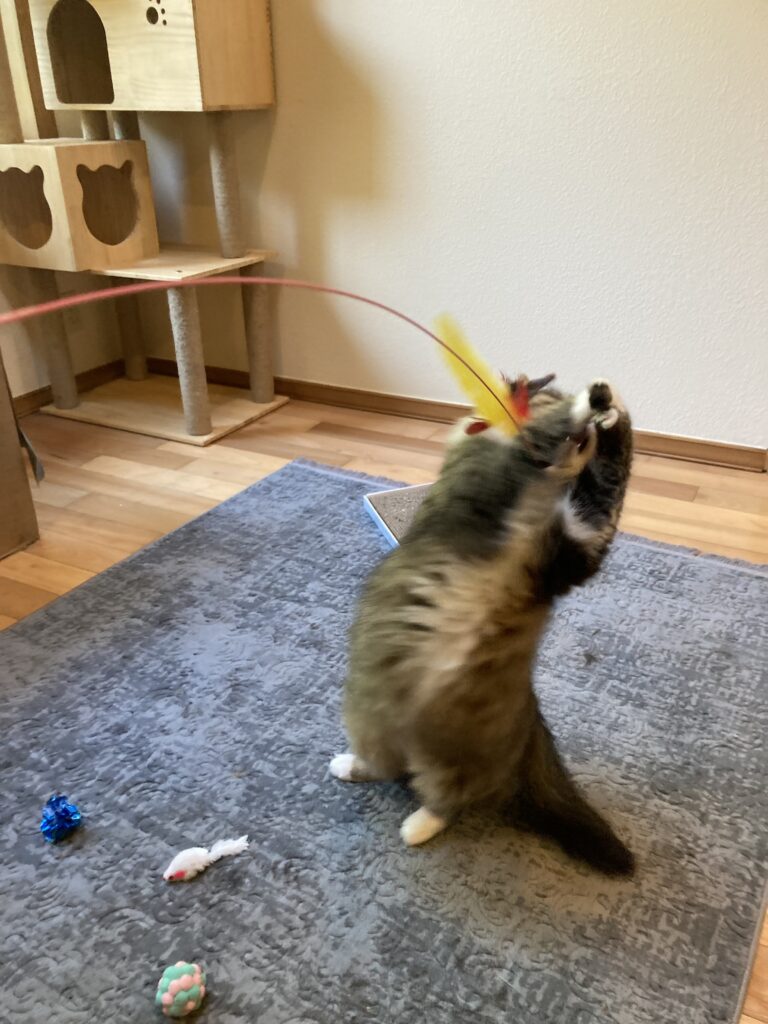
Yes, not only can it be done, but most likely if you live with a cat you are already doing it. When you call your cat for dinner, or make the sound of a can opening, and they come running, training is happening. When you walk in the door and say hello and your kitty greets you with a head butt, training is happening. When you get up at some crazy early hour to feed the kitty because they poked at you, training is happening. (Ok, maybe there, kitty is training you!) When your cat hides under the bed from a new person, training is happening. When you make a nice cozy spot for your kitty in the window to watch birds, training is happening. Training is always happening, it is the language you share with your cat. When you are in tune with the needs and wants of your cat, you are training.
Training is as equally important to your pet’s well being as good veterinary care, good nutrition, and a healthy, relaxing environment. It is not a luxury or just to have a few fun tricks. Training is teaching your kitty how to share life with you in a way that benefits both you and her. So why not focus on skills that benefit both of you? The prevailing view that cats will be cats is not all that healthy. You and your cat do not have to just live with things as they are. You can create a thriving environment that will enhance your relationship to each other. Training is a great way to prevent issues that may come up as well. It increases your bond with your cat and your awareness of their behavior so that you can see when something is not quite right sooner.
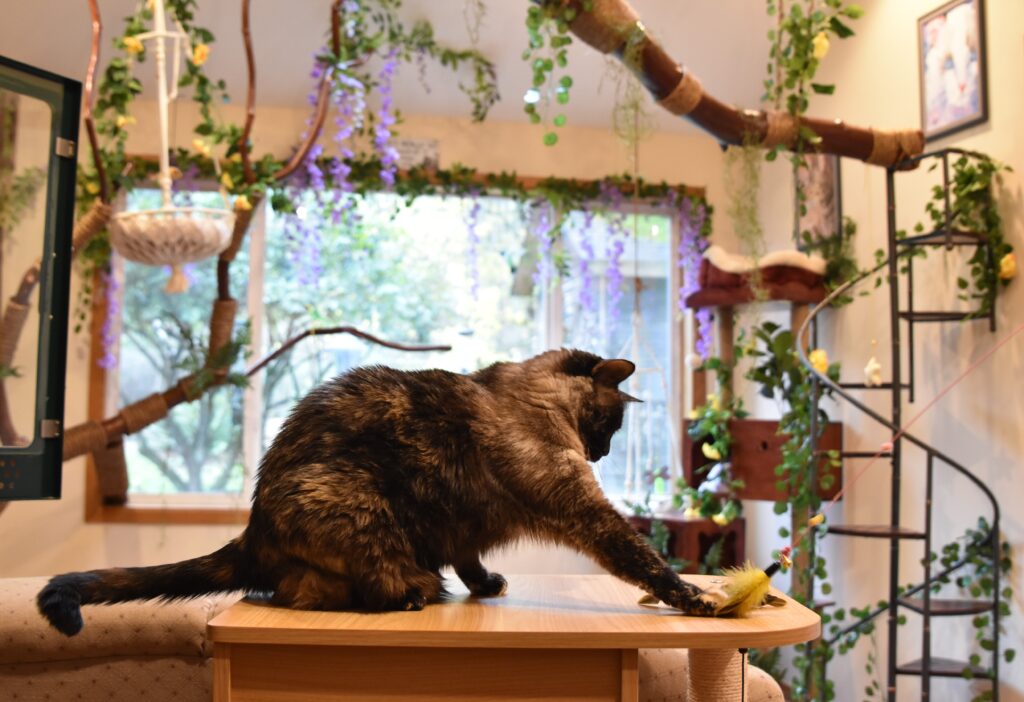
Each year thousands of beloved cats are surrendered to shelters because of behavior problems that can be solved. Most issues that cats have do have solutions. My training philosophy brings together all the elements of a healthy, enriched environment along with actively working towards behavior that works for both of you. I promote training through positive reinforcement as relaxing play together, time you can both enjoy each other’s company.
